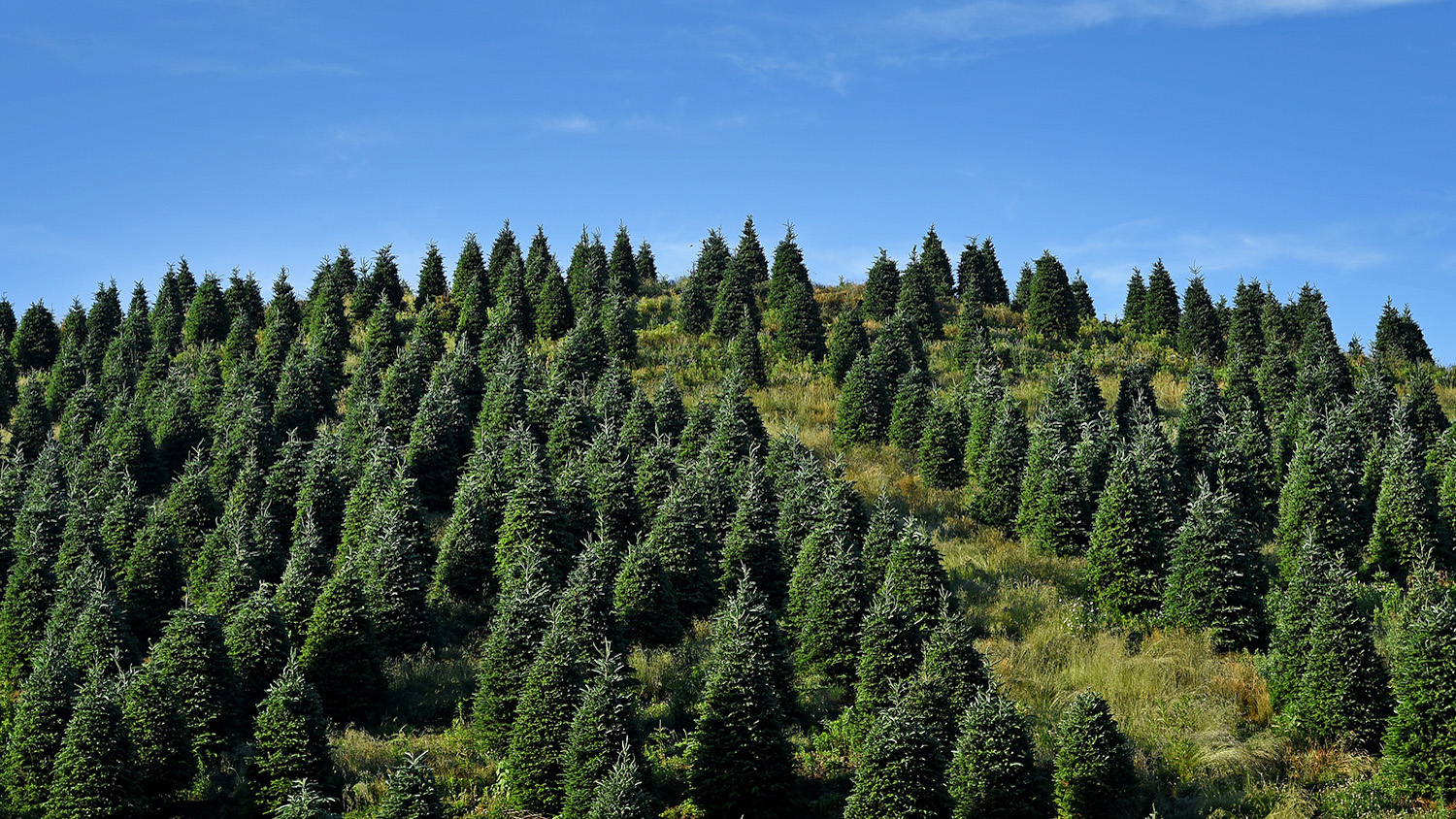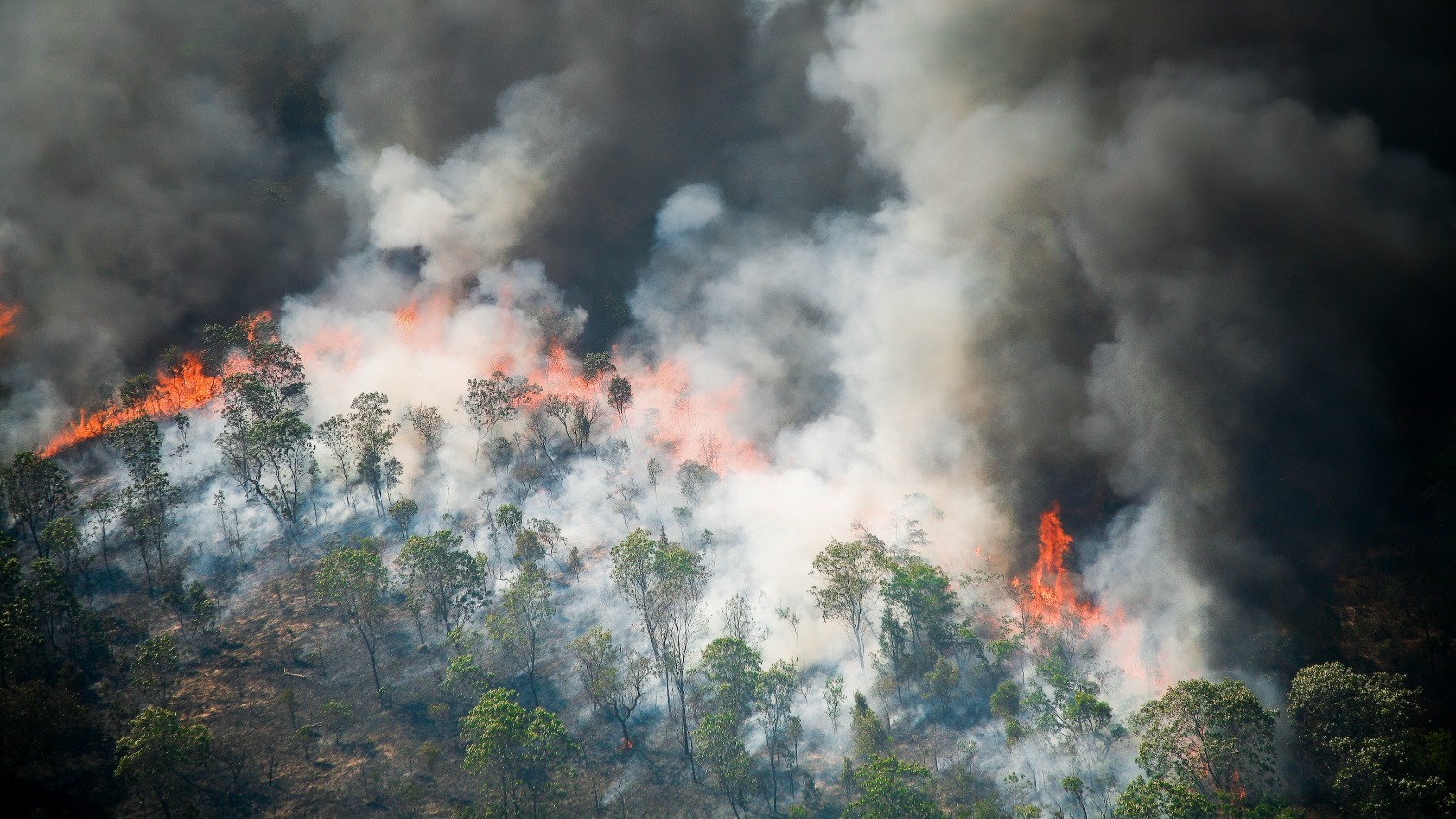Christmas trees are the centerpiece of the holiday season. But the fear of needles falling can deter shoppers from buying real trees from local growers.
That’s one of the reasons why the NC State Christmas Tree Genetics Program has spent more than four decades working to develop “elite” Fraser fir trees.
Fraser firs are native to North Carolina’s Appalachian mountains and represent more than 98% of all the Christmas tree species grown and sold in the state.
In the late 1990s, the Christmas Tree Genetics Program evaluated and tested tens of thousands of Fraser firs in an effort to identify those with the best genetic characteristics.
Researchers ultimately identified the best 25 from nearly 30,000 trees and then propagated and planted them on a six-acre seed orchard at the Upper Mountain Research Station in 2018.
The seed orchard contains more than 1,000 trees, some of which are already producing seed-bearing cones. A single cone can contain up to 100 seeds.
Researchers are collecting the cones for studies and will eventually submit them to a newly constructed seed processing facility in order to distribute the seeds to growers some time between 2026 and 2028.
“Our trees will make the lives of both growers and consumers easier,” said Justin Whitehill, director of the Christmas Tree Genetics Program.
The trees will not only have a superior growth rate and appearance, but they will also retain their needles longer after harvest. Check out the list below to learn more.
Growth Rate
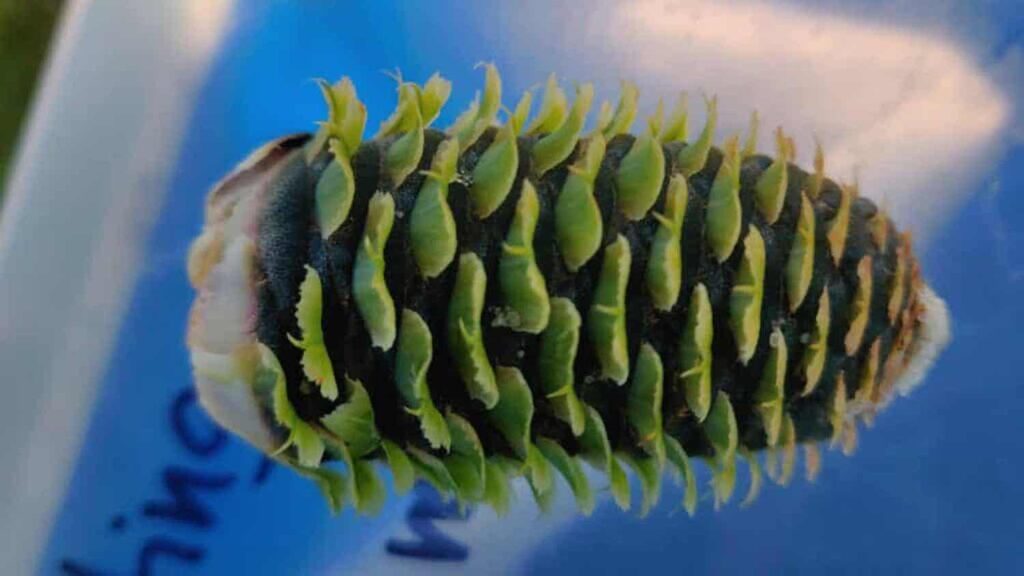
Every Fraser fir tree grows at a different rate, with some sprouting faster than others. But generally, they require at least 7-8 years in the field to reach the commercial height of 6-7 feet.
Many of the trees available on today’s market originated from older seed orchards, forests or abandoned tree farms, and don’t have improved genetics.
When comparing the growth of these trees to their genetically-improved counterparts over the course of seven years, Whitehill found that the genetically-improved trees reached an average height of around a foot taller.
“Our genetically-improved trees grew an extra 1-2 inches a year,” Whitehill said. “So instead of having to wait 7-8 years for a tree to reach the typical commercial height, growers might only have to wait 6-7 years.”
If growers plant the genetically-improved Fraser firs from the Upper Mountain Research Station by 2030, that means the trees could be available to consumers by 2036.
Aesthetics
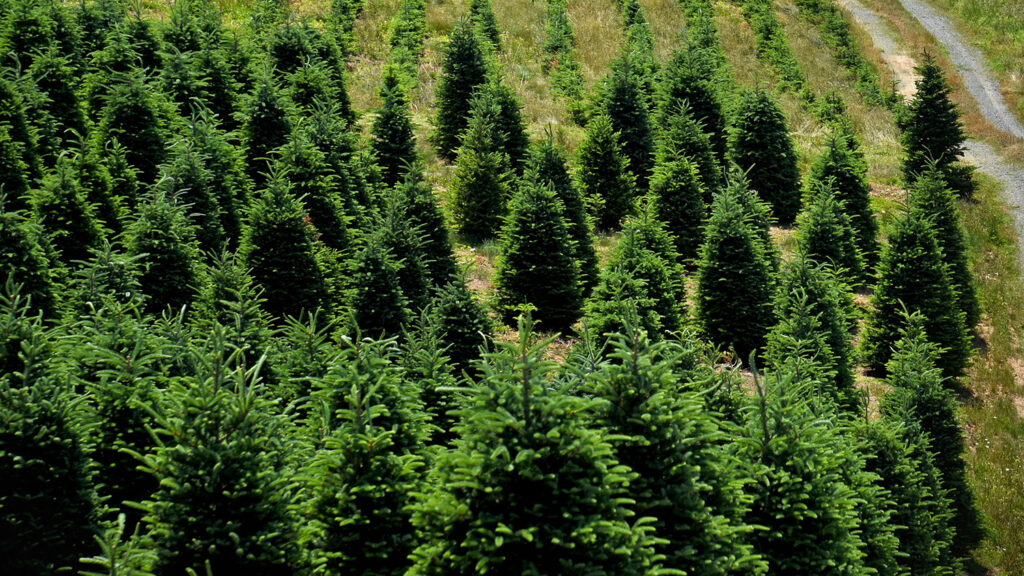
The structure of a Fraser fir consists of a straight central stem with branches that turn slightly upward to form a symmetrical, conical shape with a narrow, pointed crown.
“If a grower can produce a tree like that, it’s great because that’s what customers want,” Whitehill said. “But there is a lot of work that goes into shaping trees.”
Between July and August, many growers shear Fraser firs to slow the growth rate of the trees. This ensures that the trees develop into the preferred shape.
The shape of Fraser fir is controlled at least in part by genetics, though researchers don’t know specifically which genes are responsible for it.
When the Christmas Tree Genetics Program identified the best 25 trees to propagate and plant at the Upper Mountain Research Station seed orchard, they considered the appearance of the trees as part of their selection criteria.
“Each of the trees selected for the orchard had a conical shape with dense branches, so we expect their offspring to grow that way as well,” Whitehill said.
He added, “If we can grow trees that already look like that and reduce or eliminate the need for manual labor, it’s going to save money for growers. It’s also going to make customers happy.”
Needle Retention
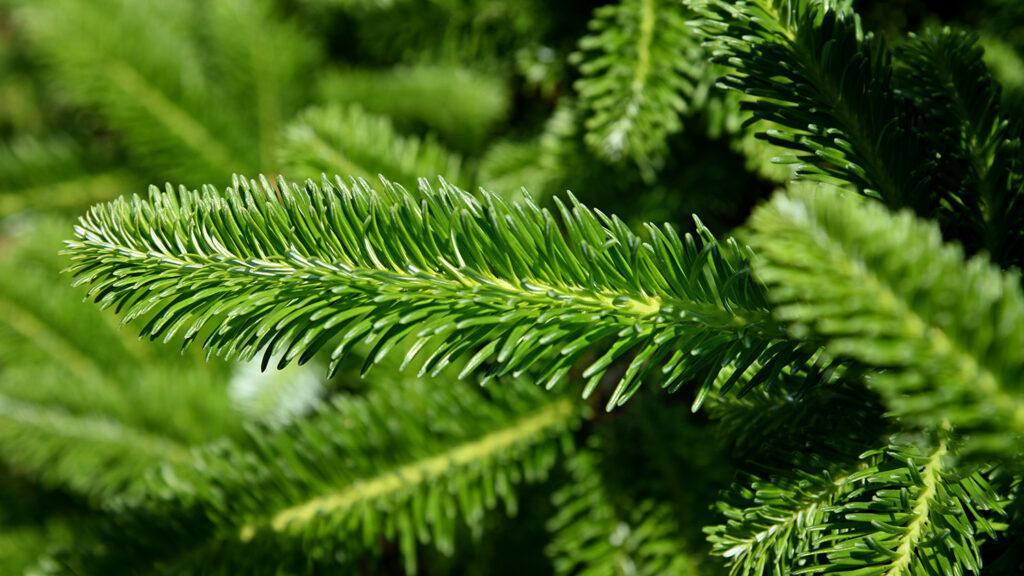
Conifer trees tend to lose their needles at some point after they’ve been harvested due to the significant stress of being separated from their root system, according to Whitehill.
Experimentally, Whitehill said that most conifers experience the highest level of needle loss 40 days following harvest. Fraser firs, however, can hold onto their needles for several months — one of the key reasons why they’re so popular.
A Fraser fir’s ability to retain its needles after harvest is almost entirely controlled by its genetics, but it can also be affected by environmental conditions. When exposed to freezing temperatures, for example, a Fraser fir tree will retain upwards of 95% of its needles.
“In the mountains, if the weather is cooler and you get freezing temperatures, it shuts down the tree’s biological activities and slows down needle loss,” Whitehill said.
But with Christmas tree growers facing pressure to produce greenery earlier every year, they need trees that will retain their needles under warmer-than-average temperatures.
The Fraser firs developed by the Christmas Tree Genetics Program are expected to lose less than 1-2% of their needles, according to Whitehill, even in the absence of cooler temperatures.
“You might not even need to vacuum with the genetics developed by our program ,” Whitehill said.
